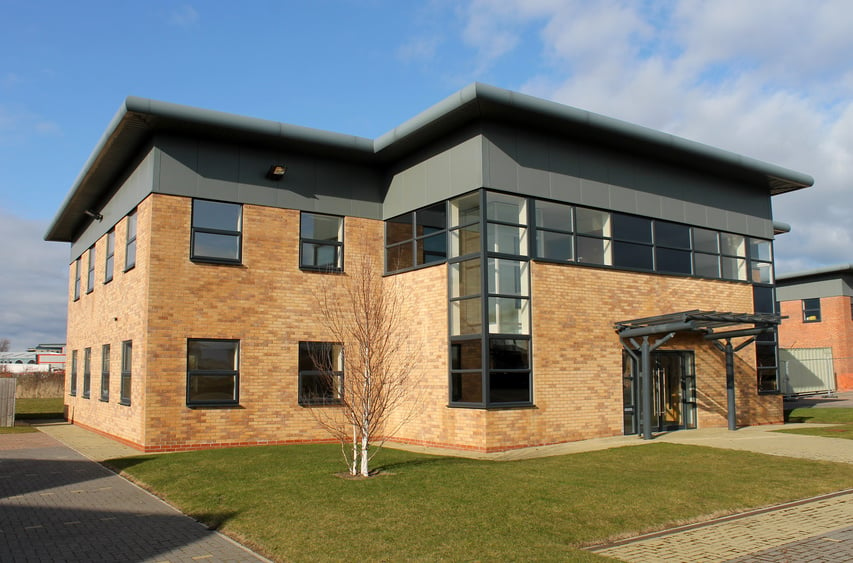When you move into a building, the last thing you expect is that the building will make you sick. Sick building syndrome is the name of a phenomenon where multiple building inhabitants suffer from the same symptoms implying a disease whose cause may be unknown.
The symptoms could include nausea, dizziness, headaches, skin irritation, sinus infections, and upset stomachs. These symptoms could be caused by something prevalent in the building. Property owners and managers should try to prevent and address sick building syndrome.

There is a lot of controversy about the existence of sick building syndrome and whether it is an actual illness.
When the first energy crisis occurred in the 1970s, property owners and managers did everything they could to save money, including increasing insulation, weatherstripping doors, and using building wraps. It led to less air insulation in buildings in favor of energy consumption.
However, it had unintended consequences, as some of the materials used produced noxious gasses due to the heat, causing health issues in residents.
The machines used in offices and many apartments, such as copiers, freezers, and air cleaners, could also enhance the circulation of pollutants in the building or produce contaminants if faulty. Mold or mildew from dampness in a building could also cause respiratory issues. It is challenging to pin down the origins of sick building syndrome, but the symptoms are apparent.
If you think you have sick building syndrome in your property, you should call an inspector to examine your building immediately. Talking to the affected occupants would be best to see which areas are most affected and identify the pollution and contamination sources. Building managers should establish if there is a similarity in symptoms and the number of people who have them.
They should then track if the symptoms spread to other building parts. Do the symptoms disappear when people are away from the building? Does HVAC unit function increase symptom frequency and severity?
The above are various questions property managers can ask themselves to track sick building syndrome. There is no medical test to determine sick building syndrome. It will primarily be a matter of trial and error.
There is no treatment for sick building syndrome as there are no underlying causes, so the best you can do is to manage the symptoms. Medications can help reduce the aches and pains victims feel. They could also help alleviate anxiety, reduce nausea and promote sleep in patients.
As far as the property is concerned, air circulation is the biggest issue, so treatment typically involves changing or fixing the HVAC system. Increasing ventilation to allow more independent air circulation will also help. Ensuring dangerous chemicals are properly stored will also reduce the chances of sick building syndrome.
Being vigilant is the best prevention against sick building syndrome. Therefore, ensure you are diligent about HVAC maintenance. If you live in Austin, ARS.com serves the entire Austin area, and you should contact them.
A properly functioning HVAC system is less likely to have or distribute contaminants in a building. It also ensures proper airflow and circulation in a building which means less chance of contamination.
Ensuring air vents are not in areas with many pollutants will also help prevent sick building syndrome, such as parking lots or garbage disposal points. Chemicals should be appropriately stored, and so will buying furniture and carpet with low contents of volatile organic compounds (VOCs).
Sick building syndrome is a myth to some and fact to others. There is a lot of contention about the matter, and more research is necessary to understand the issue. The above tips will help prevent, treat and track sick building syndrome and avoid its grim consequences.